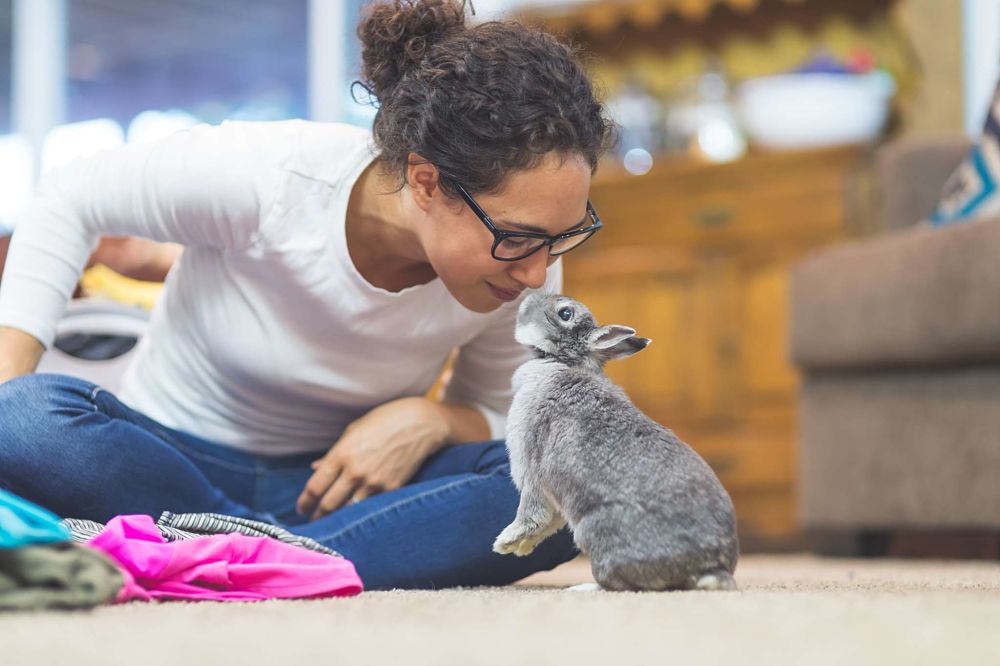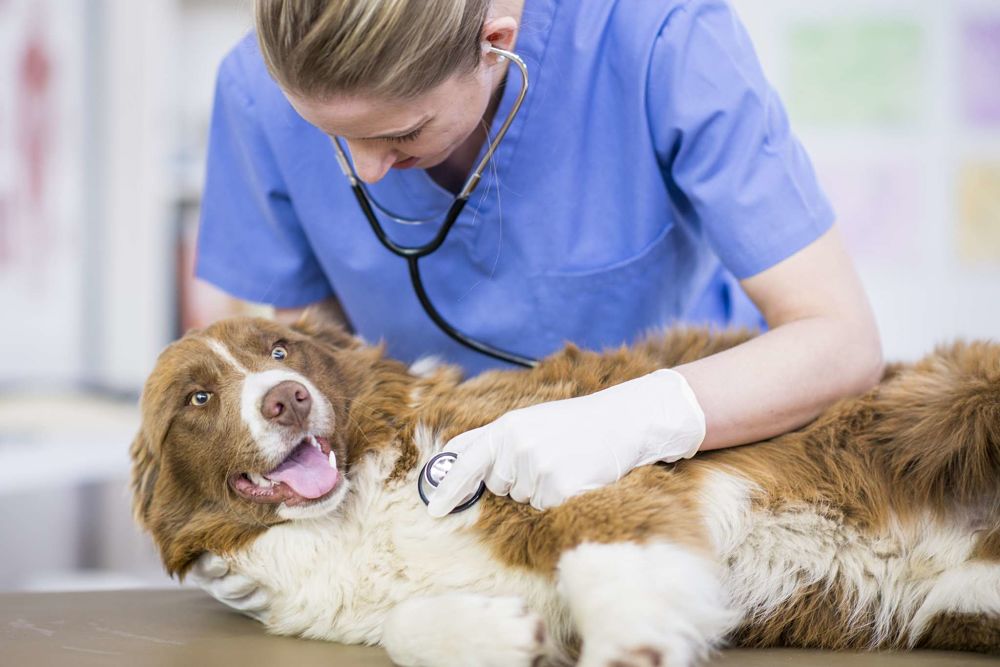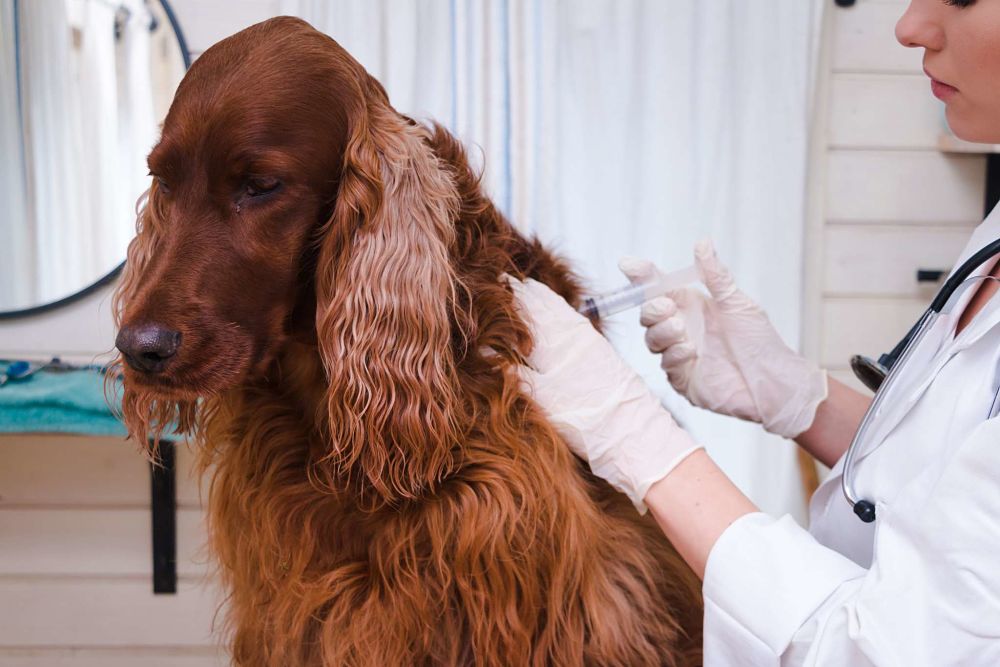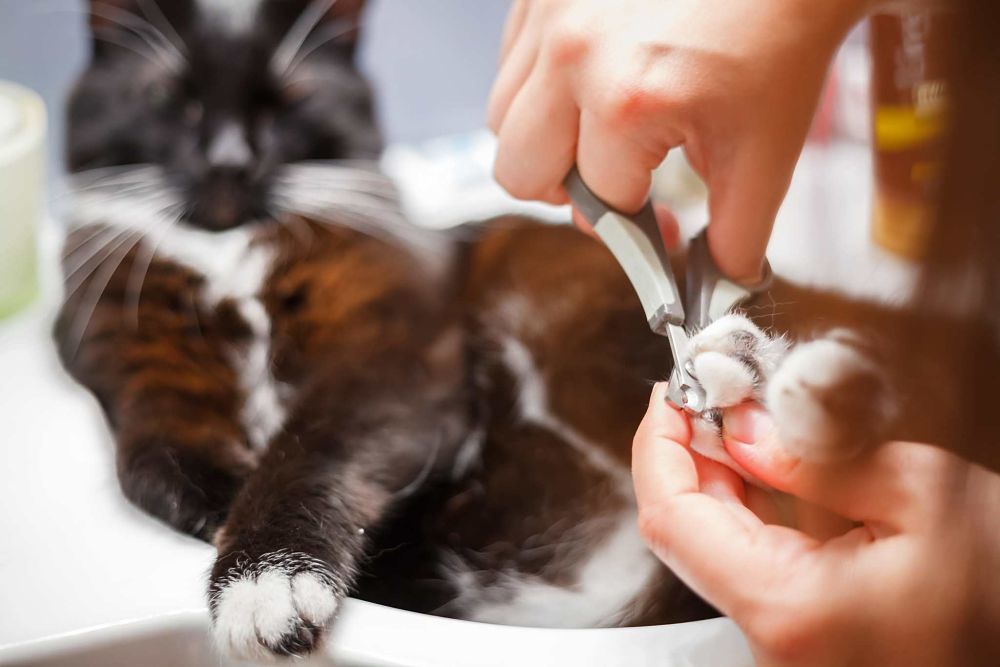
Tips for Finding a Lost Pet
by Jane Meggitt - 5/14/19
When your pet goes missing, your world stops. Not only are you scared and heartbroken, but you must put all your efforts into finding your furry friend and bringing him home. When your cat or dog is lost, time is of the essence. The best way to find a lost pet often depends on the type of animal and the circumstances under which the disappearance took place.
What to Do Immediately
As soon as you realize your pet is lost, you must act. Report the missing pet to your local animal control officer, as well as local shelters. Use social media to get the word out, especially on neighborhood Facebook pages, and provide a photo. Let all of your neighbors know your pet is missing, and put together flyers with your contact information to hand out in the neighborhood or the areas in which the pet was lost. Post these flyers on community bulletin boards, at veterinary offices and anywhere such posting is permitted. Place a lost pet ad in the local paper. If many people in your area are bilingual, create flyers in English and Spanish, or the most common language.
It’s also a good idea to post information about your missing pet on Craigslist and on sites specifically devoted to finding lost pets in your area. Contact local emergency veterinarians in case someone found your injured pet and brought it in for treatment.
How to Find a Lost Indoor Cat
The good news about a lost indoor cat that darted outside is that the animal usually does not stray far from home as long as it is spayed or neutered. A cat unused to the outdoors will likely find a hiding place, but this will probably be somewhere a human is unable to find it. Check crawl spaces, storm drains, storage sheds, woodpiles, shrubbery and other feline hiding spots. Call your cat’s name and listen for any meowing. Since felines are nocturnal, take a flashlight and go searching for your cat in the late evening. Bring along a container of pet treats if your cat responds to the shaking of the package. Try setting out humane traps in your yard, baited with a smelly fish like sardines.
Because a lost indoor cat is so scared, it may take longer to locate it than a cat who is used to going outside. Don’t give up—lost indoor cats have turned up weeks or even months after venturing outdoors.
How to Find a Lost Dog
Unlike cats, dogs are often lost away from home, getting loose while on a walk or escaping from a car. Also unlike cats, dogs may roam miles away from the site in which they were originally lost. If your dog is friendly, he may respond to people he meets en route, whether that is a public place or someone’s yard. If he is shy, odds are he is hiding somewhere, at least when at rest. Sometimes, it takes a village to find a lost dog, so enlist the help of as many people as possible. If you receive information that a dog fitting your pet’s description was seen, search the area and bring along a humane trap. Use dog food as a lure, and check the trap daily.
If your dog ran out your own door, the task is somewhat easier. Besides searching the neighborhood and making all the efforts necessary for finding a lost pet, contact your municipality. Some towns send out alerts for lost pets, and public works employees traveling the roads can stay on the lookout.
How to Find a Lost Dog with a Microchip
Microchipping your pet is important in case he ever gets loose. While a dog should always wear a collar with your name, address and contact information on it, collars can come off or someone may remove them. That’s not the case with a microchip. If your microchipped dog is lost, call your vet if you don’t have the microchip number and ask the vet to notify the microchip registry. If you have the microchip information, you can do this yourself, but it’s still wise to let your vet—and other local veterinarians—know your pet is missing. If your dog is found and brought to an animal shelter or veterinarian with a microchip scanner, the microchip provides your contact information so you can reunite with your beloved canine.
There’s another tech alternative to help keep track of your pet, and that’s a GPS tracking device attached to the collar. It’s especially worthwhile if your dog is an escape artist. You can track your dog’s whereabouts via your smartphone, and with luck, you’ll locate and bring him home very soon.
A graduate of New York University, Jane Meggitt’s work has appeared in dozens of publications, including USA Today, The Alternative Daily, nj.com, The Happy Cat Site and The Nest Pets.
References
- http://www.communityconcernforcats.org/resources/missing-lost-cats/
- https://www.kingstreetcats.org/info/file?file=21811.pdf
- https://www.petmd.com/cat/care/guide-finding-lost-cat
- https://www.petfinder.com/dogs/lost-and-found-dogs/find-lost-dog/
- https://www.petmd.com/dog/slideshows/11-essential-tips-finding-lost-dog




.jpg)

.jpg)
























.jpg)

























































.jpg)












